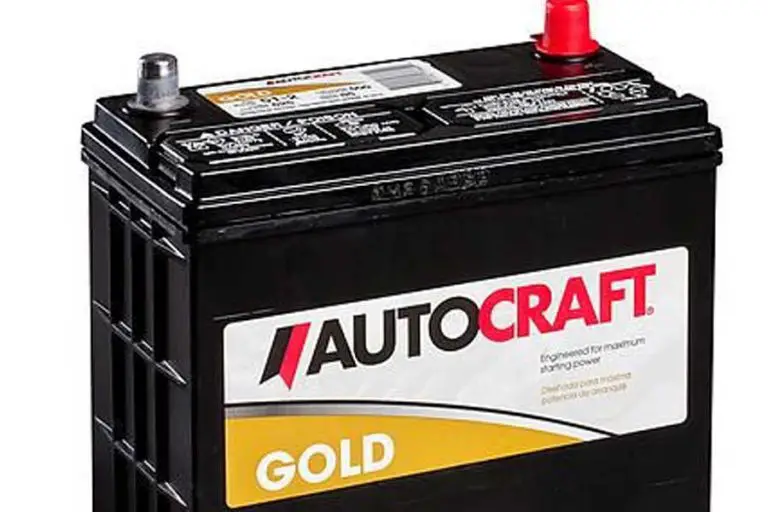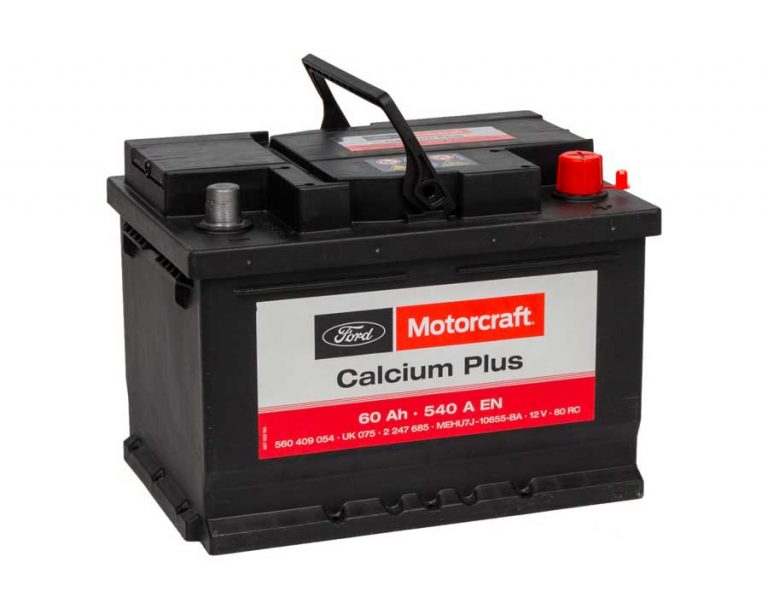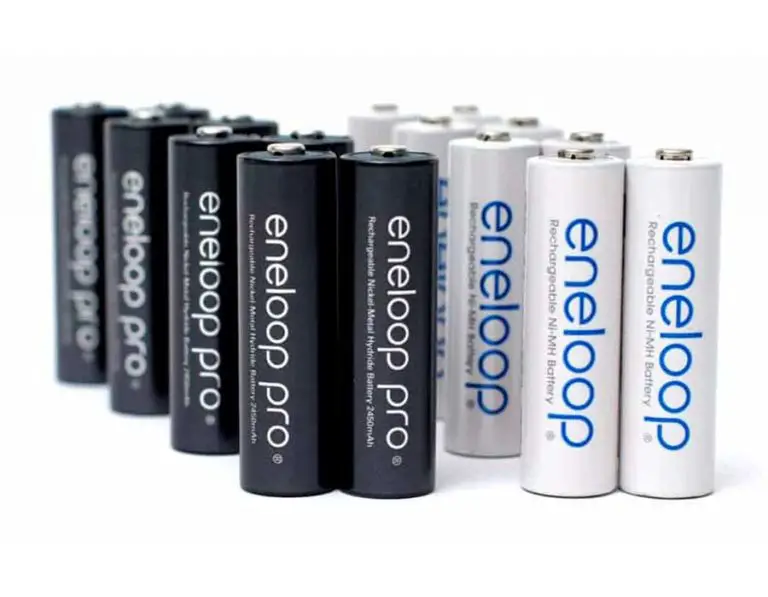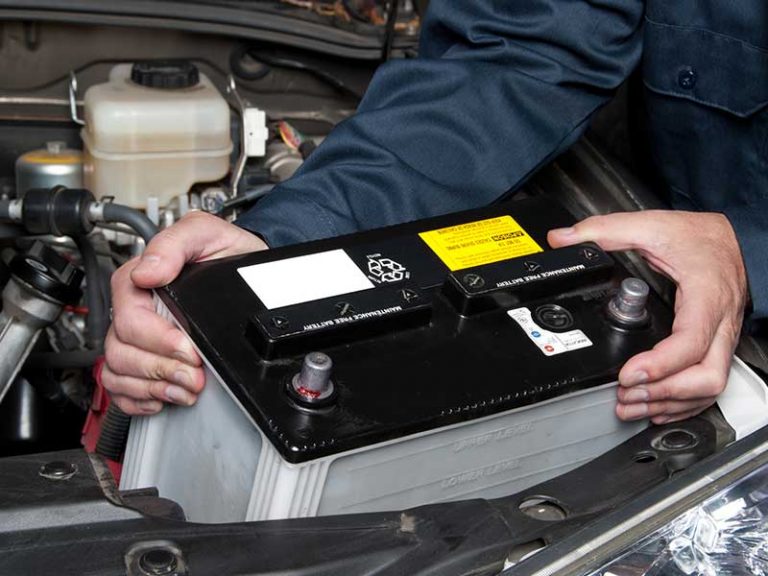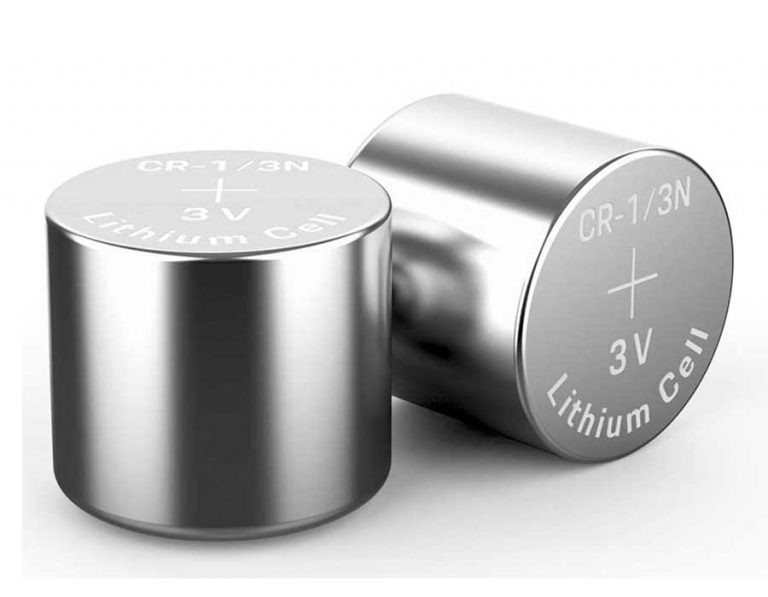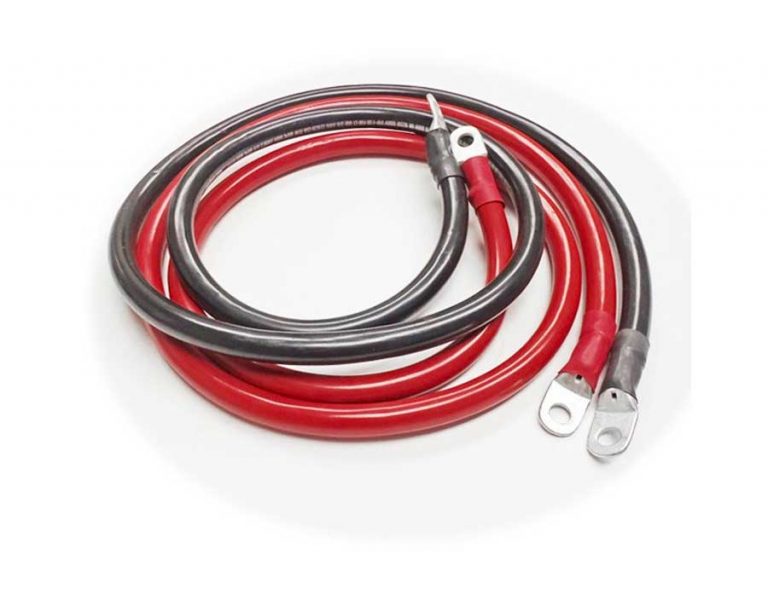How Do Onboard Battery Chargers Work: Complete Guide
The Onboard charger is actually a collection of one, two, three or four chargers. A charger must be purchased according to the number of batteries in your boat. Unlike other battery chargers, the onboard charger enhances the performance of your marine battery. An onboard charger uses the power source in your vehicle to energize the battery. It converts the power to a form that the battery requires. Additionally, the charger supplies fast voltages to your battery, ensuring an excellent service for you.
As with batteries, onboard chargers function similarly. Modern versions are already compact and streamlined, so they are easy to use. The older versions were usually bulky. Most of them have the same functionality, regardless of difference in size or portability.
Working of the Onboard Charger:
The charger has a computerized control. As it gets charged, the charging rate adjusts according to the battery. Therefore, you will never have to worry about overcharging. The steps of how an Onboard battery charger works are as follows:
- In addition, onboard chargers are usually computer controlled and the charge rate is adjusted according to the battery’s charge status.
- After that, you’ll not have to worry about your batteries boiling, since the maintenance mode will not cause any damage.
- Typically, onboard battery chargers are composed of up to four battery chargers integrated into a single housing.
- A current converter is built into the unit; therefore, a supplementary current conversion system is not needed.
- An ac power source is then connected to the computer, and now we’re ready to go. Immediately after obtaining the AC, it can be converted into DC current.
- When the voltage of the battery drops considerably, the computerized system at this charger alerts it to start charging.
- Furthermore, the system monitors the charge rate to avoid potential battery damage.
Onboard Chargers: Phases
Onboard chargers have three phases, as shown below:
The bulk phase:
The products will first start returning during this phase. There is a direct correlation between amps and amperes. During a recharging burst, the onboard charger gives out a specified amount of current to provide sufficient recharging power for the battery.
Phase of absorption:
During this phase, the recharge process usually takes about 20% longer. During this process, the battery and the charger are continuously charged so that power is constant. It may be considered the recharging cycle part, even though it is not focused as much as the bulk stage. The dangers of overcharging the battery may happen.
Phase of flotation:
During this phase, no water is involved. In other words, it describes energy in a certain manner. A constant energy process occurs at this point in time in order to recharge. Continuous building is done in the second phase.
The purpose of onboard battery chargers:
- Battery-powered systems operate on most boats, which is why it’s important to keep good onboard battery chargers around in case something goes wrong.
- The Onboard chargers are equipped with intelligent technology for having a waterproofing system that senses the power requirements of each component.
- It also allows them to stop overcharging, overheating, opening or short-circuiting the circuit, reverse polarity, even sparking, so you can cruise comfortably and confidently.
Some considerations for buying Onboard Battery Chargers
There are several important points that you must consider when buying onboard battery chargers:
Output of the charger:
Chargers for boat batteries should have an output that is equal to or higher than 10 percent of the battery’s capacity. Whenever you are unsure, go with the higher number. The best approach to output is to have more than you need rather than not enough.
Positions for mounting the device:
Be sure to consider how a charger’s physical footprint corresponds to the mounting location where you intend to install it. In an ideal location, there would be plenty of ventilation, a cool climate, and no moisture. Make sure there is adequate ventilation by avoiding overfilling the bag. For the lowest voltage drop and the smallest installation cost, mount the battery close to its power source. Avoid mounting directly above or adjacent to the battery as charging batteries emit corrosive, even explosive gases.
Designed to operate in a hazardous environment:
Make sure that the charger you purchase meets all the standards for marine-grade, ignition-protected chargers. Ideally, a waterproof charger will be encapsulated or constructed in a way that resists corrosion, as well as enabling mounting in damp or wet conditions.
People Might ask
| What is the process of testing an onboard battery charger?
Onboard battery chargers can be tested using the following steps: ➔ The first step is to disconnect the POSITIVE leads from both batteries and to check the water level. ➔ The battery voltage should be measured using a voltmeter. ➔ Charge the battery directly by connecting the charger. ➔ Connect the charger to the wall. |
| How do I know if the onboard battery charger is damaged?
Multimeter is a useful tool for checking voltage in batteries. Check the voltage with a multimeter. When a battery is low, it needs to be charged at least 13.5 volts dc. If the voltage is less than 12 volts, it is not charged. An electronic multimeter indicating less than 13 volts on a battery would indicate that the charger isn’t working. |
| What is the battery life of a boat battery?
Battery life usually ranges between three and four years for boat batteries, but it can sometimes reach six years under certain conditions. Keep your batteries fully charged by connecting them to a maintenance charger. This will ensure your batteries last their full lifespan. |
Conclusion:
The onboard battery charger is commonly found in marine vehicles, hybrids, or all-electric motor vehicles. Motor vehicles, such as boats, work with it as an essential component. In order for the ignition switch and the entire electrical system to work, the battery must be charged. An onboard battery charger ensures that there is sufficient energy available to operate all above functions. As opposed to the traditional charging system, this one is faster and able to monitor itself while charging. They charge faster and are capable of monitoring itself as it charges using it’s highly complex and sophisticated computerized software.

